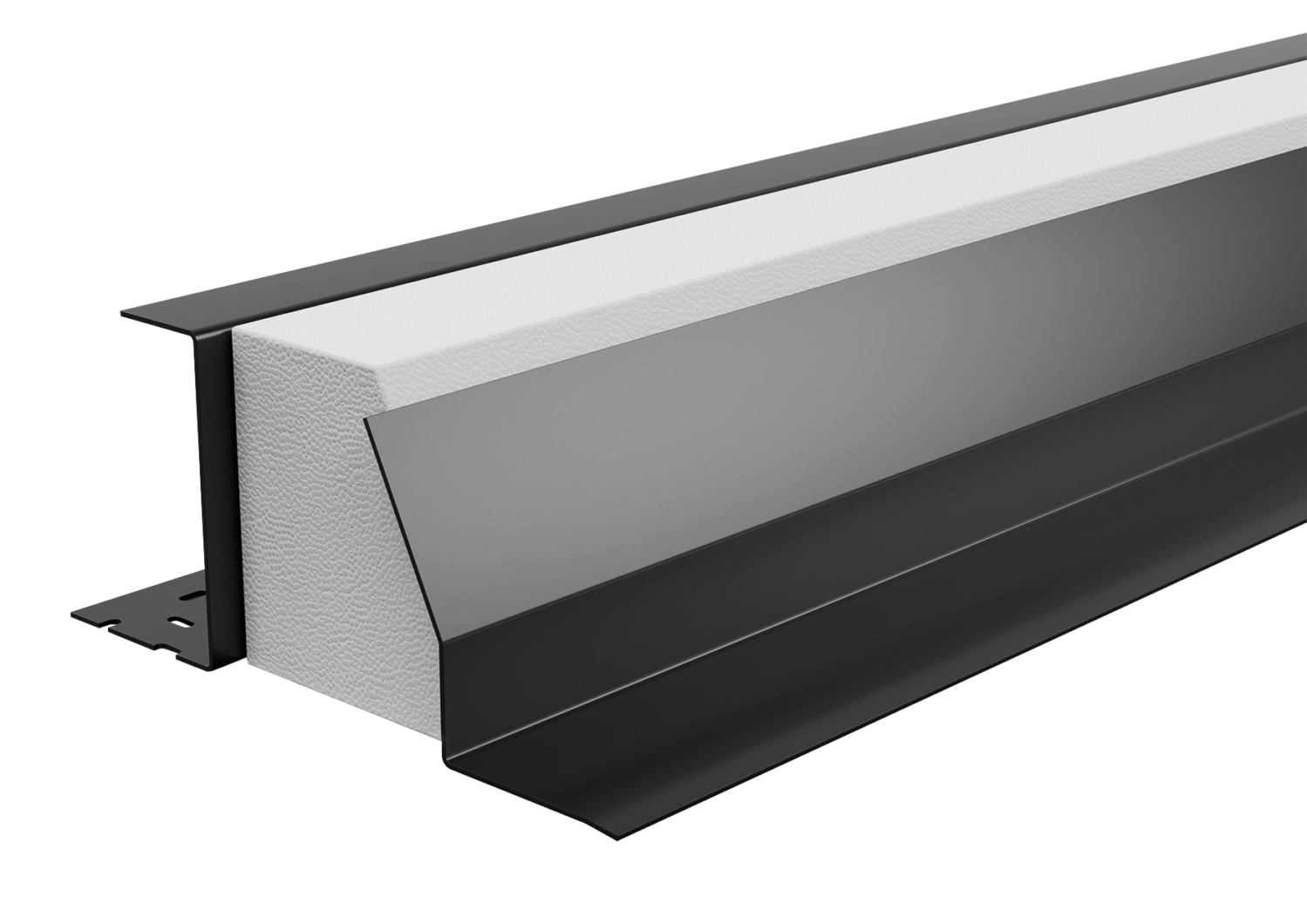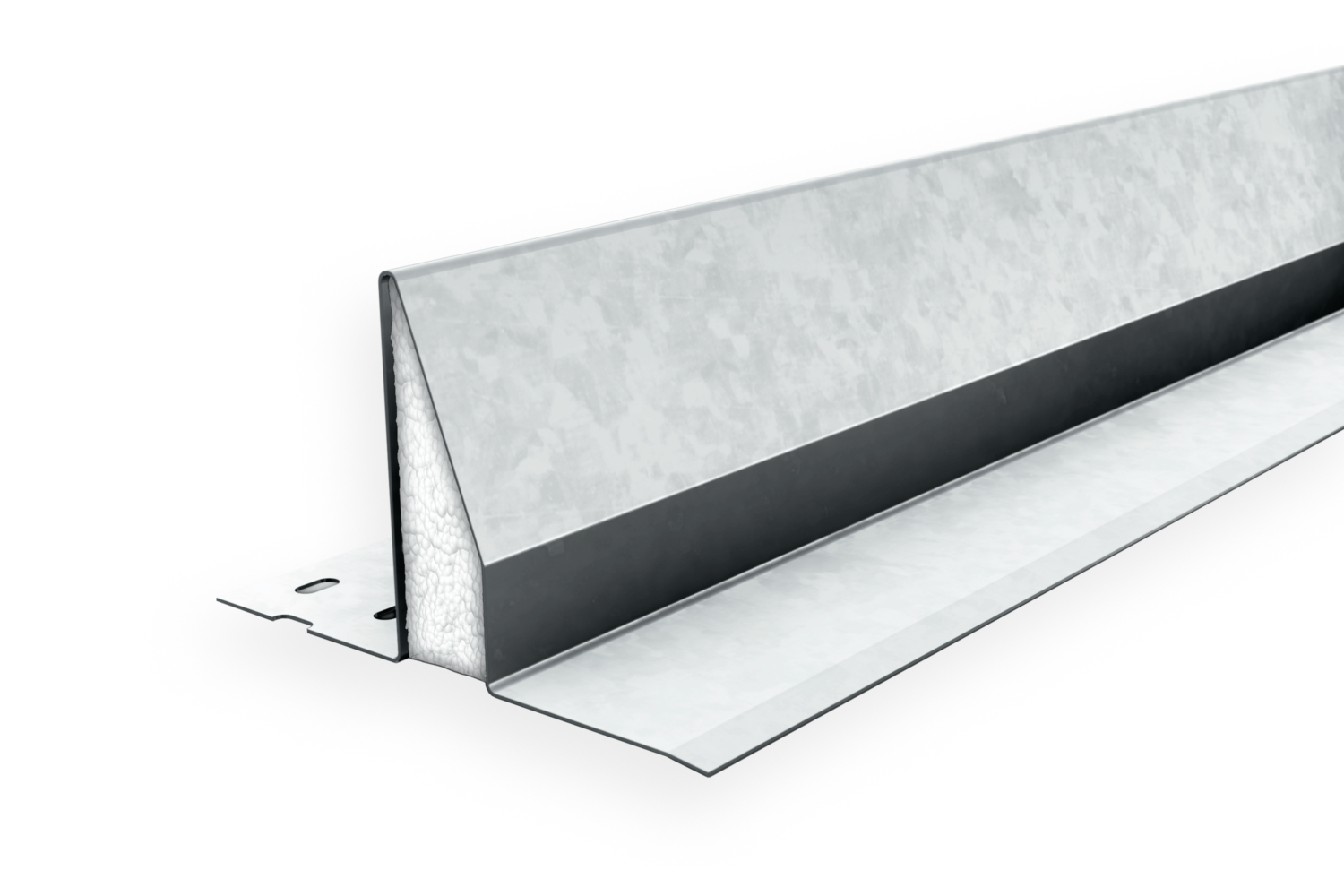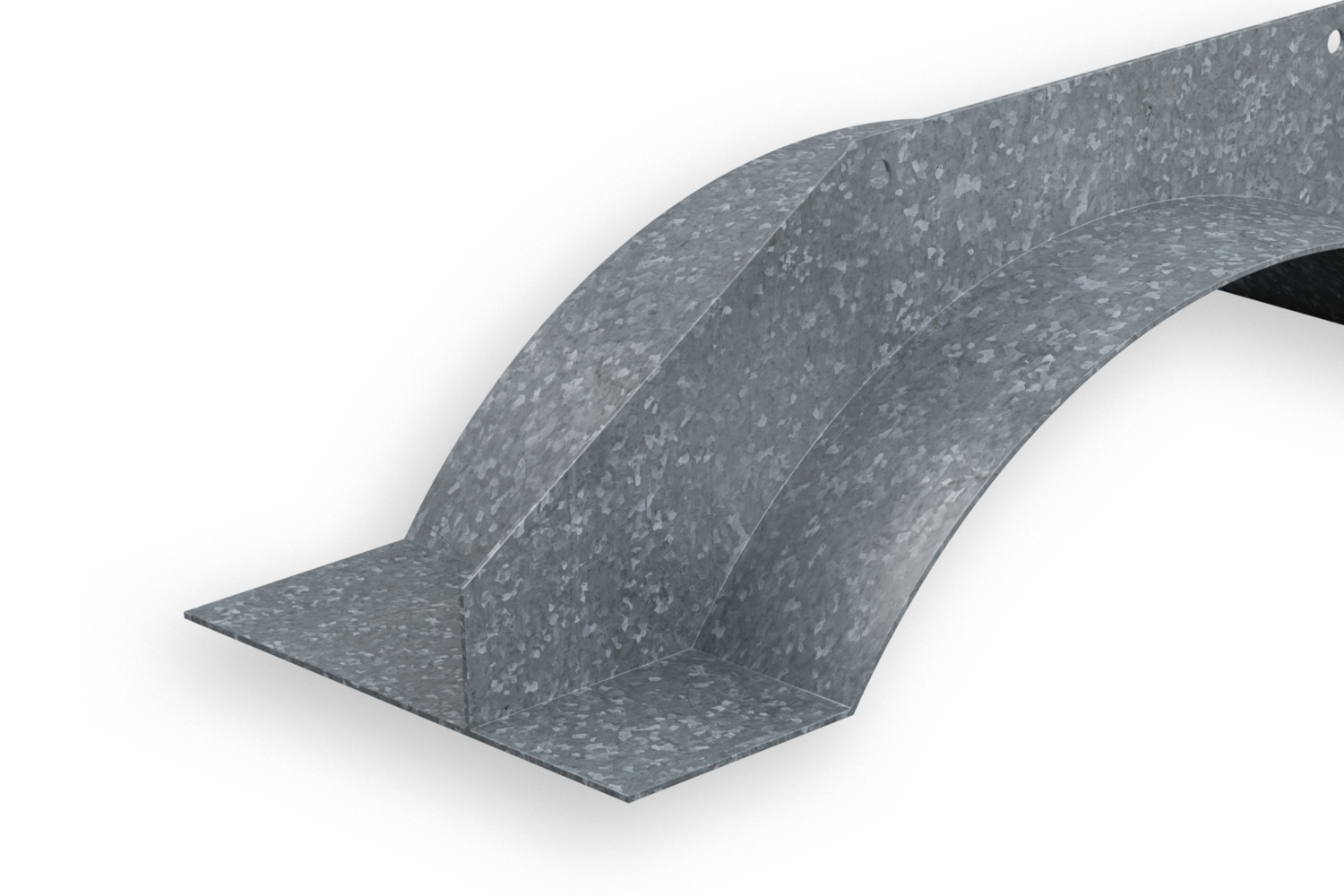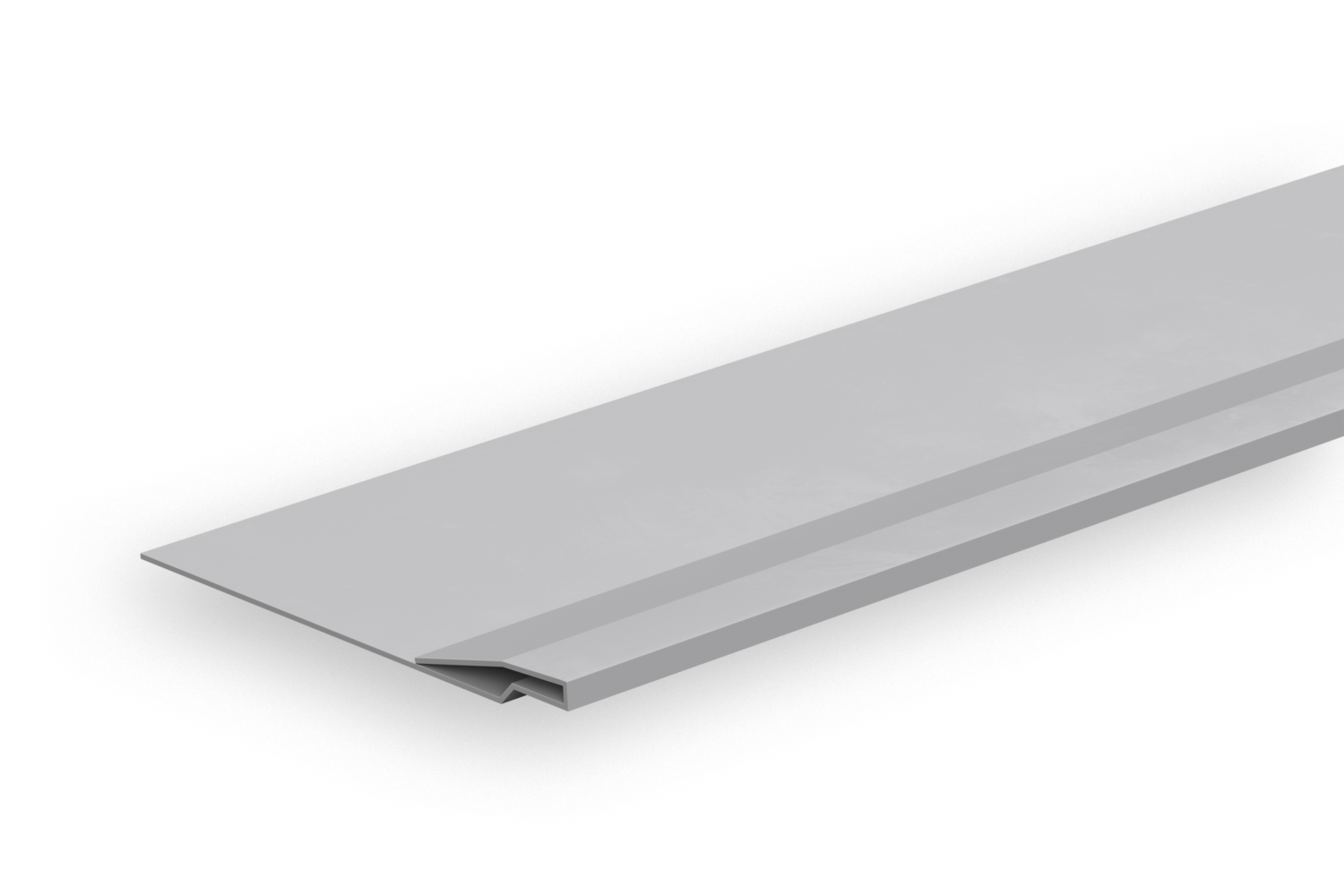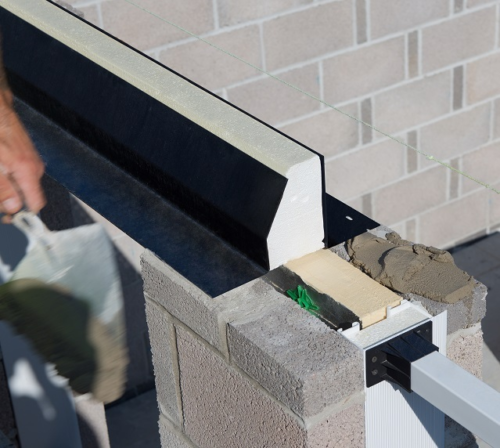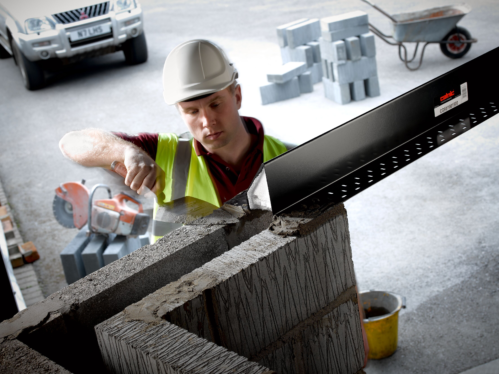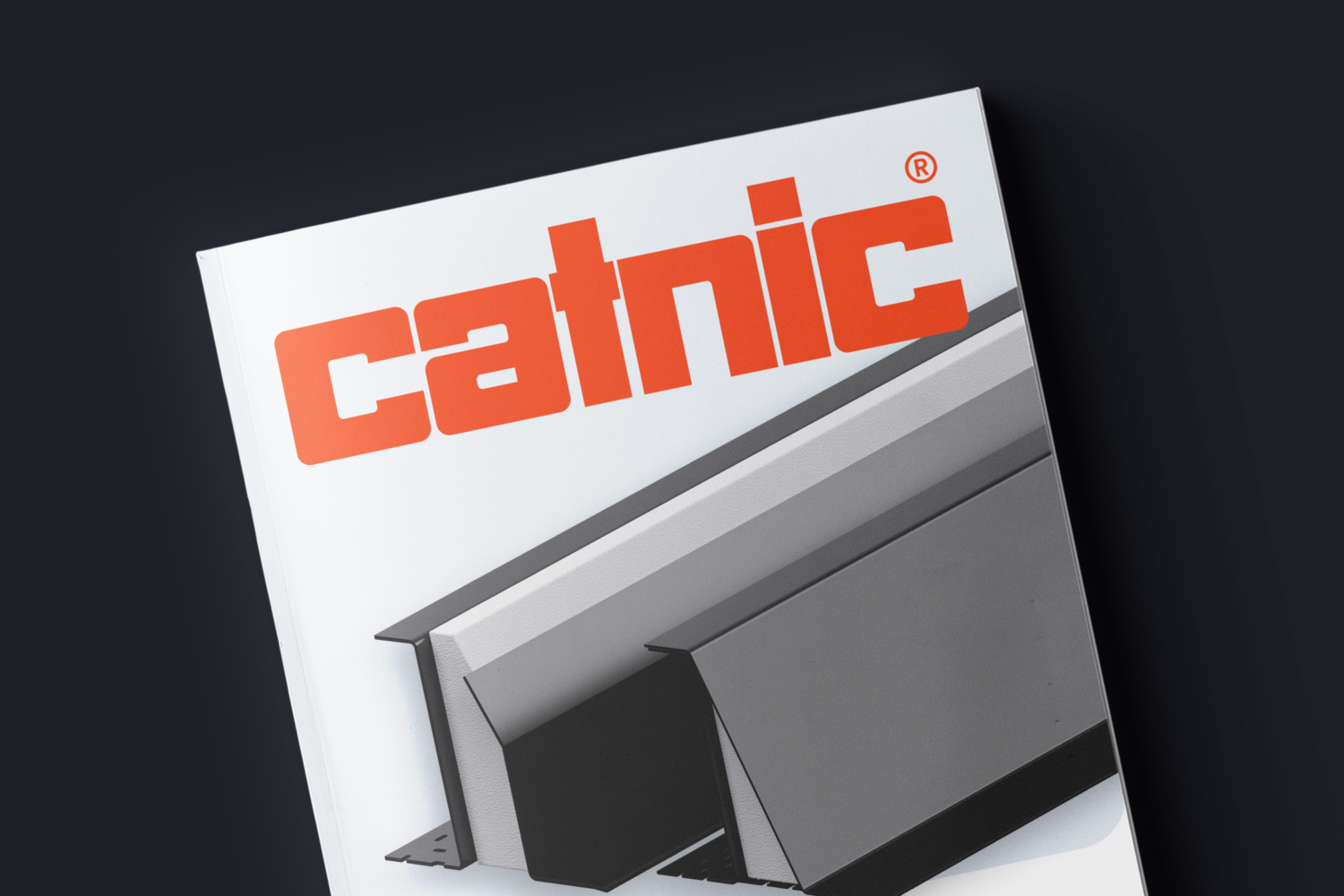Support & FAQs
A heavy duty lintel is a lintel designed to carry loads exceeding the capacity of standard load lintels. This is down to two aspects: heavy duty lintels are made of thicker material and their profiles are deeper (taller). In the case of cavity wall lintels, both traditional and thermally broken ones, heavy duty lintels have a channel section at the inner leaf which increases the lintel’s load capacity.
Heavy duty lintels should be used when the loads present above the opening exceed the capacity of standard duty lintels. This could be whenever there is an attic roof or concrete floor in place above the opening. The type of load will determine whether a heavy duty, or extra heavy duty lintel is needed, and should therefore be considered prior to purchasing.
The main and most crucial difference between standard and heavy duty lintels is the load capacity. Heavy duty lintels have a higher Safe Working Load, which means they can support much heavier weights. Heavy duty lintels are made of thicker steel and are also taller than standard duty lintels.
The size of lintel you need is mainly determined by the structural opening span you have to cover, plus an additional 300 mm. When correctly specified, a lintel should have a 150 mm bearing on either side of the clear span, be fully bedded on mortar, and sit on top of masonry.
Read more:Lintel size guide: How to specify lintel dimensions
Calculating the load imposed on lintels depends on a variety of factors, including the wall type in which the lintel is installed, and whether floor or roof loads need to be accounted for in addition to masonry loads.
Lintels are primarily designed to support uniformly distributed loads (UDLs), but on occasion, when point loads occur, they also need to be considered. This guide only provides an overview of how the loads on the lintel are established and should not be used as a substitute for obtaining loading calculations directly from the lintel manufacturer or a qualified structural engineer.
Specifying Catnic’s Thermally Broken Lintels (TBLs) will significantly improve the thermal efficiency of a property and help ensure that the project’s necessary environmental credentials are met. It is the only steel lintel
on the market with no connecting brackets, providing a complete thermal break in the cavity.
Heavy duty and extra heavy duty TBL lintels support concrete floors, attic truss loads and larger span multiple truss loads. You'll find our full range here
What our customers think
Video Guides
When selecting a lintel, there are three factors that should be considered to ensure the correct specification: the type of wall construction, the dimensions of the structural opening and the total load on the lintel. In this video, we run you through the lintel selection process.
Once you have chosen the correct lintel for your project, it is crucial that the lintel be installed properly – if it is not, it could lead to serious issues for the building. In this video, we explain the installation considerations for cavity wall lintels.
Catnic’s Thermally Broken Lintel is the only lintel on the market to provide a complete thermal break between the inner and outer leafs. In this video, we outline the key benefits of Thermally Broken Lintels and explain the installation process.
Steel lintels, and specifically Catnic's thermally broken lintels, have a significant role to play in reducing thermal bridging and achieving carbon gains. They represent one of the simplest and most economical ways for building fabric to be designed and constructed to help achieve the carbon gains necessary to meet current and future building regulations.
